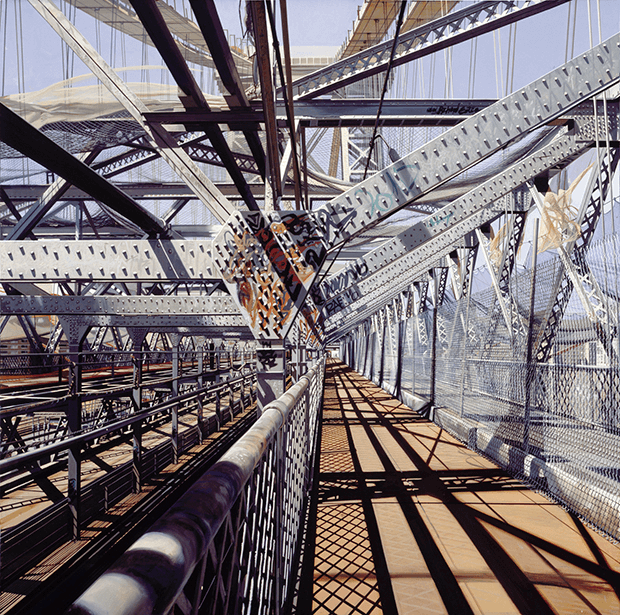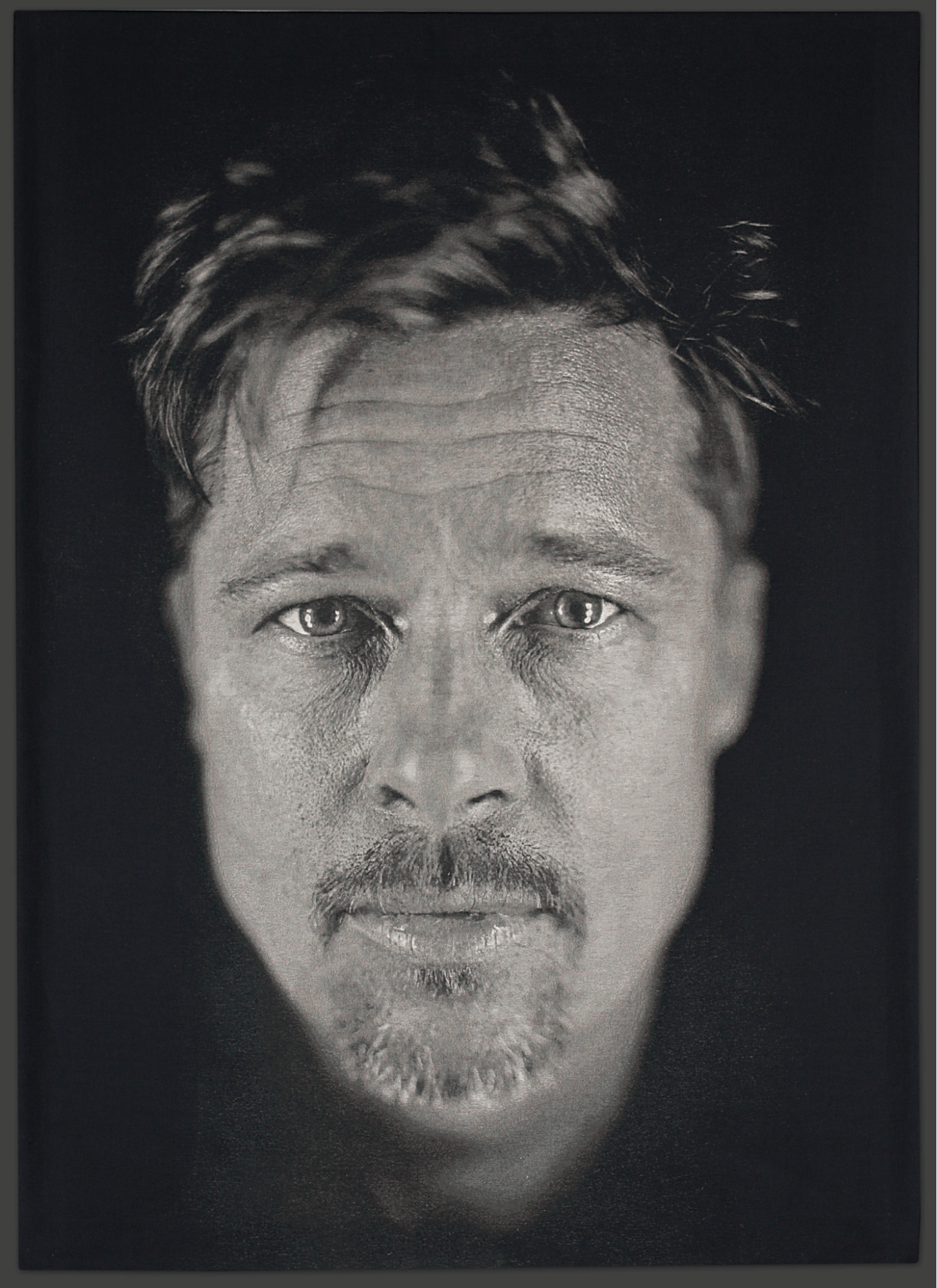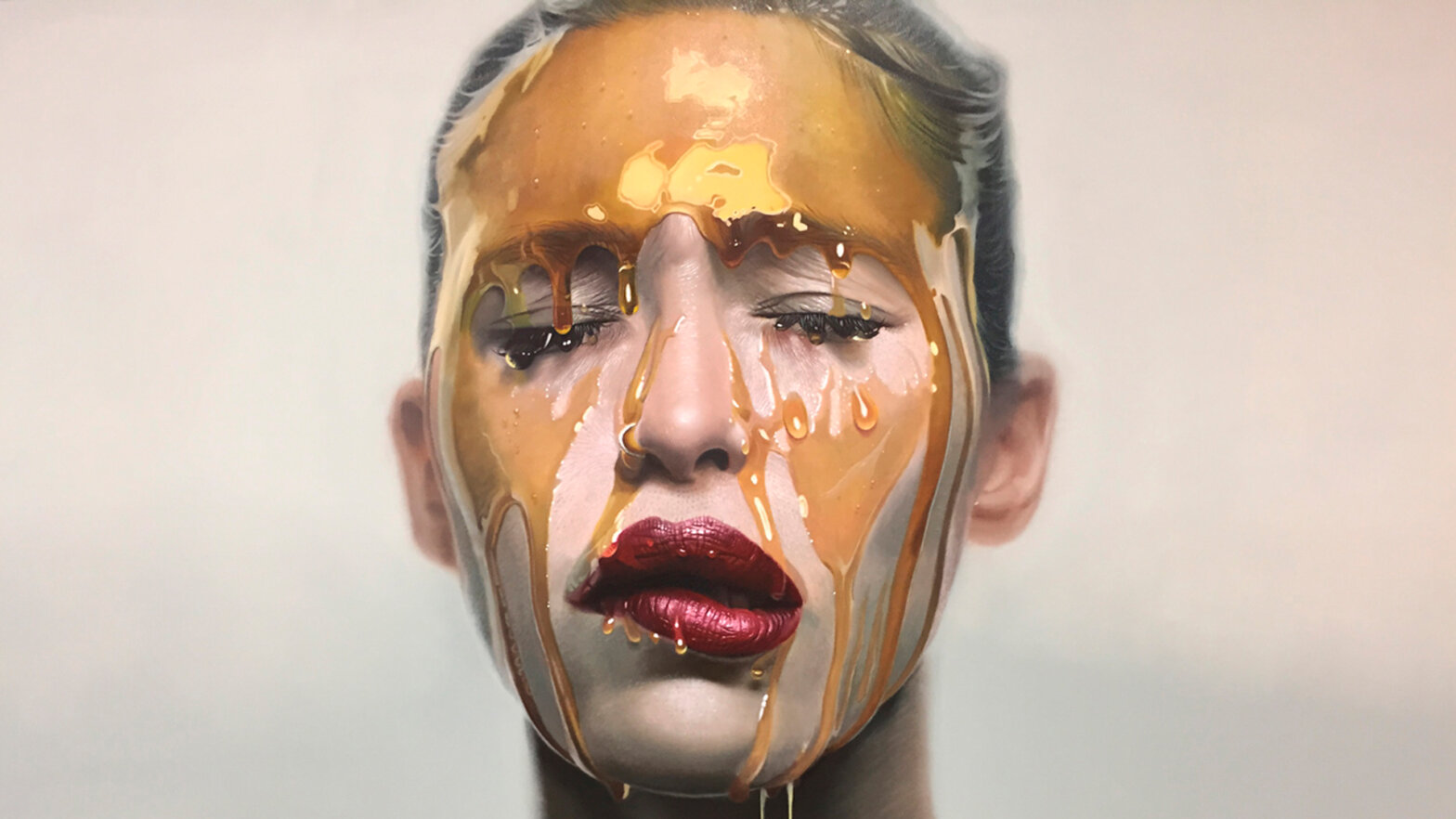What is photorealism as an art style? The name might sound self-explanatory, but the truth is a bit more complicated, and there are a number of details and historical insights that present photorealism in a new light. The term can also mean slightly different things depending on the context. We’ll be telling you everything you need to know about photorealism, starting with a comprehensive definition.
What is Photorealism
Let’s define photorealism
Photorealism began as an artistic movement before eventually becoming a descriptor that can be applied more broadly to works of art. Now, let’s jump into the definition.
PHOTOREALISM DEFINITION
What is photorealism?
Photorealism is a style of art that attempts to achieve the same level of detail and realism as a photograph. Photorealistic paintings and drawings are often mistaken for photographs upon first glance. The labels “hyperrealism”, “new realism”, “verism”, “sharp-focus realism” and “superrealism” are all used to describe photorealistic art.
As a movement, photorealism began in the late 60s and reached its height in the 70s within the United States. The term was first coined for artists who projected actual photographs onto canvases in order to accurately match all of the little details. Photorealist works of art often center around banal or mundane places or objects. Airbrushing was often used by the first photorealism artists, though other methods are also used.
Photorealism sometimes faces criticism by those who balk at its categorization as art and view it as nothing more than “mindless copying”.
Photorealism Characteristics:
- Some debate that photorealism is art
- Uses real photographs as a basis
- Strives for utmost realism and detail
Who Started Photorealism
History of the Photorealist Movement
At one point, abstract expressionism reigned as the predominant art style in the United States. The photorealism movement began as the direct antithesis of the high-profile abstract expressionist movement that for a number of years had ruled the art scene in the U.S.
Ted-Ed explains abstract expressionism • photorealism history
A group of artists emerged in the tail end of the 1960s who struck back against the abstract expressionist movement by pivoting to the opposite end of the realism spectrum. The photorealist artists were a relatively small group in the beginning, but the style reached its peak popularity in the 1970s.
Modern photorealism • photorealistic pictures
Photorealists challenged the long-held notion that the use of photography in artwork was “cheating” and they insisted that there was no inherent social commentary, satire, or deeper meaning to their artwork beyond the simple matter of aesthetics and artistic skill.
Photorealism Examples
Photorealism in Video Games
Outside of traditional artwork, the term “photorealism” is most often used in the video game industry. With video game graphics, the goal is often to get as close to photorealistic as possible. The video below shows a state-of-the-art technology offering a possible huge leap forward in terms of the level of photorealism possible in video games.
Experimental photorealism enhancement • photorealism art
As industry technology continues to improve, video game graphics inch closer and closer to appearing photoreal.
Related Posts
Photorealistic Pictures
Examples of Photorealism
Let’s take a look at a few examples of photorealism. We’ll be focusing mostly on examples from the founders of the photorealism movement. But first, let’s see just how close computer-generated images can come to photorealism.
Stunning photorealistic graphics created in Unreal Engine 4 • realism photography
Richard Estes was one of the first photorealists and is still considered one of the best of the style. His work focused mainly on urban landscapes and frequently explored reflective surfaces.

A photorealistic painting by Richard Estes • modern realism photography
Chuck Close was another founding member of the photorealist movement. Unlike many photorealism artists who focused mainly on places and objects, Chuck Close created photorealistic portraits.

A photorealistic portrait of Brad Pitt by Chuck Close • define photorealism
Ralph Goings is often considered the third founder of the photorealism movement. His paintings mainly focused on diners, trucks, and mundane Americana subjects from an objective point of view. He described his paintings as being about the way light interacts with an environment more than anything else.

One of many diner-centric photorealist paintings by Ralph Goings • What is Photorealism
Photorealism continues to be practiced as an art style in the modern age. The term still faces a level of scrutiny from those who challenge its classification as true artwork stemming from the use of photographs as a basis.
UP NEXT
Is Photography Art
Now that we’ve explored traditional artwork that attempts to achieve the look of a photograph and taken a look at the debate over whether or not photorealism is a true art style, it’s the perfect time to explore the debate over whether or not photography is an art form unto itself. Hear from both sides of the debate, up next.
Up Next: Is Photography Art →
Showcase your vision with elegant shot lists and storyboards.
Create robust and customizable shot lists. Upload images to make storyboards and slideshows.
